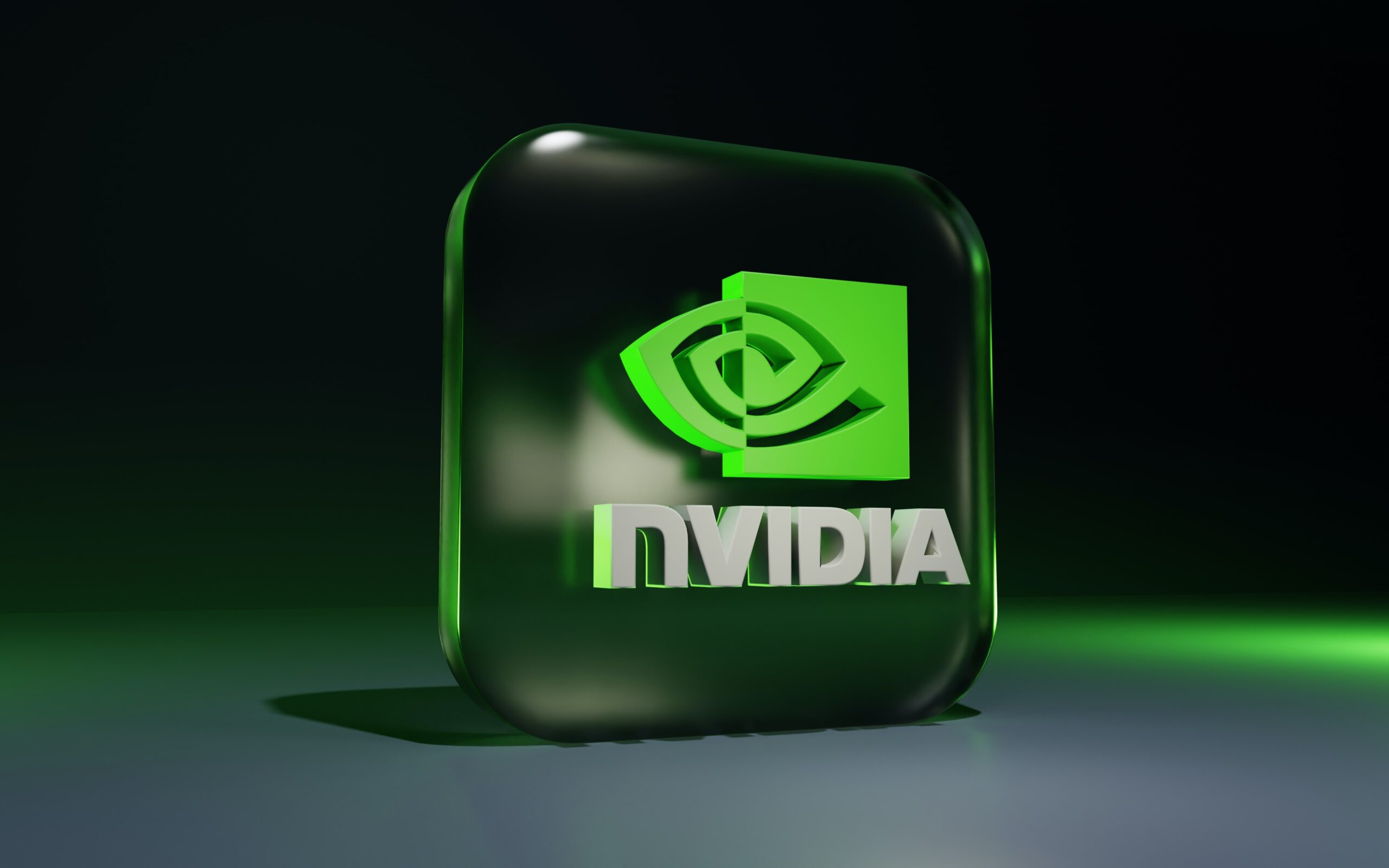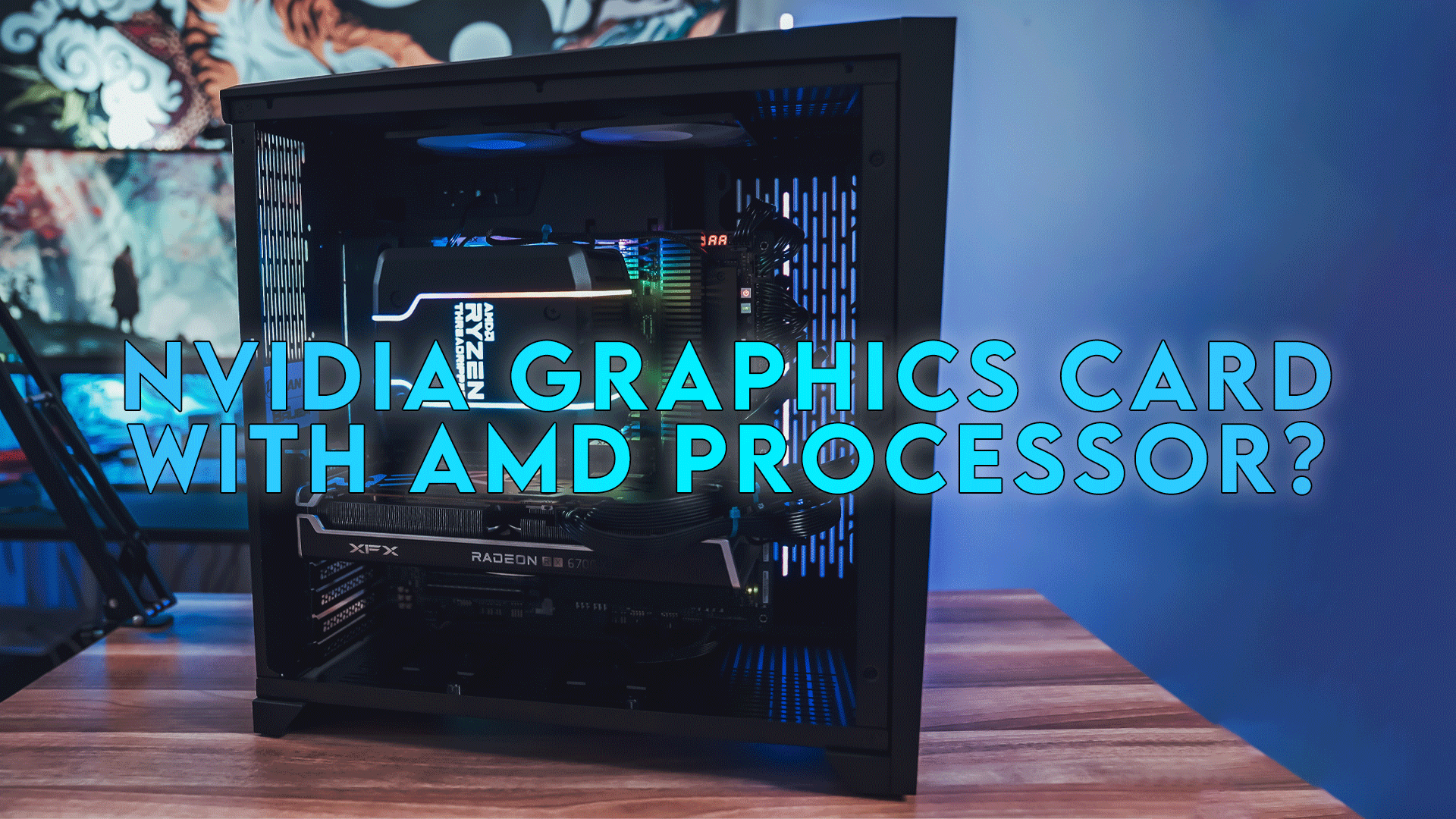It can be challenging to figure out which components are compatible, leaving you feeling overwhelmed and confused.
Using a graphics card incompatible with your processor can result in complete system failure or poor performance. You don’t want to waste your time and money on components that won’t work together.
Fortunately, it is possible to use an Nvidia graphics card with an AMD processor. However, compatibility depends on several factors, including your motherboard’s chipset and BIOS.
It’s best to research and ensure your components are compatible before purchasing. Additionally, you can consult with a professional or seek advice from online forums to ensure you’re making the right decision. By taking the time to research and plan, you can successfully use your Nvidia graphics card with your AMD processor without any issues.
Graphics cards and processors are two integral components of a computer system, each with specialized functions. Nvidia, known for its high-performance graphics cards, and AMD, renowned for its powerful processors, have dominated the market with their respective offerings.
But what if you want to mix and match these components? Can you use an Nvidia graphics card with an AMD processor? Let’s explore this topic and highlight such a configuration’s compatibility, limitations, workarounds, and benefits.
Understanding the GPU and CPU Relationship
Before diving into the compatibility aspect, it’s essential to grasp the roles of graphics cards and processors within a computer system. A graphics processing unit (GPU), such as those manufactured by Nvidia, is responsible for rendering and displaying visuals on your monitor. On the other hand, a central processing unit (CPU), like AMD processors, handles various computations and general tasks required by the operating system and software.
Compatibility Factors
When considering the compatibility between an Nvidia graphics card and an AMD processor, two main factors come into play: PCIe compatibility and driver support. The PCIe slot on the motherboard serves as the primary connection point for the graphics card. In most cases, Nvidia graphics cards are compatible with motherboards with PCIe x16 slots, which are common in modern systems. Similarly, regardless of the manufacturer, AMD processors are typically compatible with PCIe x16 slots.
Apart from hardware compatibility, the availability of drivers is crucial for proper functioning. Nvidia and AMD release regular driver updates to ensure optimal performance and compatibility with the latest software. While Nvidia primarily develops drivers for its graphics cards, AMD processors benefit from the widespread support of operating systems and applications. Therefore, using an Nvidia graphics card with an AMD processor usually poses minimal driver compatibility issues.
Potential Limitations
While using an Nvidia graphics card with an AMD processor is possible, there are certain limitations to consider. One common concern is the potential for bottlenecking. Bottlenecking occurs when one component restricts the performance of another, leading to reduced overall system performance. In this case, the GPU’s capabilities might exceed the processing power of the CPU, resulting in suboptimal performance.
Another limitation arises from software optimization differences between Nvidia and AMD. Some games and applications are designed to work more efficiently with specific hardware configurations, which can favor one brand over the other. While the impact of these optimization differences varies depending on the software and its requirements, it’s worth noting that these differences are becoming less significant as both Nvidia and AMD continue to improve their drivers and optimize performance.
Workarounds and Solutions
If you decide to use an Nvidia graphics card with an AMD processor, there are several workarounds and solutions to optimize compatibility and performance. Firstly, ensuring that your motherboard supports the specific Nvidia graphics card you intend to use is essential. Checking the manufacturer’s website or consulting the motherboard manual can provide valuable information regarding compatibility.
Additionally, adjusting BIOS settings can help maximize performance. Enabling the PCIe Gen3 mode in the BIOS settings can ensure the graphics card operates at its full potential. It’s also recommended to keep the system’s BIOS and drivers up to date to benefit from any performance improvements and bug fixes.
To further optimize performance, consider tweaking the graphics settings within games and applications. Adjusting the resolution, texture quality, and anti-aliasing settings can help strike a balance between visual fidelity and performance. Monitoring tools like MSI Afterburner or GPU-Z can also provide valuable insights into the graphics card’s performance and temperature.
Benefits of Using Nvidia Graphics Card with AMD Processor

Despite the potential limitations and considerations, using an Nvidia graphics card with an AMD processor can offer several benefits. Firstly, Nvidia graphics cards are known for their superior gaming performance and feature such as real-time ray tracing and DLSS (Deep Learning Super Sampling). You can enjoy enhanced gaming experiences with smooth frame rates and visually stunning graphics by pairing an Nvidia graphics card with an AMD processor.
Moreover, if you engage in tasks such as video editing, rendering, or 3D modeling, Nvidia graphics cards are often favored for their CUDA cores, which excel in parallel processing tasks. This combination allows you to leverage the processing power of the AMD processor for general computing tasks while harnessing the graphical capabilities of the Nvidia graphics card for specialized workloads
.
Is It Better to Use AMD CPUs with AMD Graphics Cards?
When choosing between AMD CPUs and AMD graphics cards, there is no definitive answer as to whether it is better to use them together. The decision depends on various factors, including your requirements, budget, and intended usage.
Using AMD CPUs with AMD graphics cards can offer certain advantages. Both components are designed to work seamlessly together, often featuring optimizations that enhance compatibility and performance. AMD CPUs, such as those from the Ryzen series, offer excellent multi-threaded performance, making them well-suited for tasks that benefit from parallel processing, such as content creation, video editing, and rendering. When paired with AMD graphics cards like those from the Radeon series, you can use technologies like AMD CrossFire, which allows for improved gaming performance by utilizing multiple GPUs.
Furthermore, using AMD CPUs and graphics cards together can simplify system management. AMD’s software suite, such as Radeon Software, provides a unified control panel for managing the CPU and GPU settings, optimizing performance, and accessing additional features.
Ultimately, the choice between using AMD CPUs with AMD graphics cards or mixing AMD CPUs with Nvidia graphics cards depends on your specific needs and priorities. Consider factors such as intended usage (gaming, content creation, etc.), budget, desired performance, and compatibility with software applications. Researching benchmarks, user reviews, and comparing specifications can help you decide based on your unique requirements.
Best Gaming Tablet Under 200 2023!
Conclusion
In conclusion, using an Nvidia graphics card with an AMD processor is possible. While there may be some limitations and considerations to remember, compatibility and performance issues can often be overcome with proper configuration and optimization. By combining the graphical prowess of Nvidia graphics cards with the processing power of AMD processors, you can enjoy an exceptional computing experience, whether it’s for gaming, content creation, or other.
Frequently Asked Questions (FAQs)
Can I use an Nvidia graphics card with an AMD processor for mining cryptocurrencies?
Yes, you can use an Nvidia graphics card with an AMD processor for cryptocurrency mining. However, it’s crucial to consider factors such as power consumption, mining algorithms, and profitability before embarking on mining endeavors.
Will using an Nvidia graphics card with an AMD processor void the warranty?
No, using an Nvidia graphics card with an AMD processor does not void the warranty of either component. Each manufacturer has warranty policies specific to their products; using them together does not invalidate those warranties.
What are the recommended Nvidia graphics cards for AMD processors?
The recommended Nvidia graphics cards for AMD processors depend on your specific requirements and budget. Researching the latest models and their performance benchmarks can help you make an informed decision.
Are there specific driver requirements when using Nvidia graphics cards with AMD processors?
Generally, there are no specific driver requirements when using Nvidia graphics cards with AMD processors. Both Nvidia and AMD release drivers compatible with various hardware configurations.
Can I use an Nvidia graphics card with an AMD processor for machine learning tasks?
Absolutely. Nvidia graphics cards, especially those from the RTX series, offer powerful GPU acceleration for machine learning tasks. You can build a capable machine learning system with an AMD processor.

